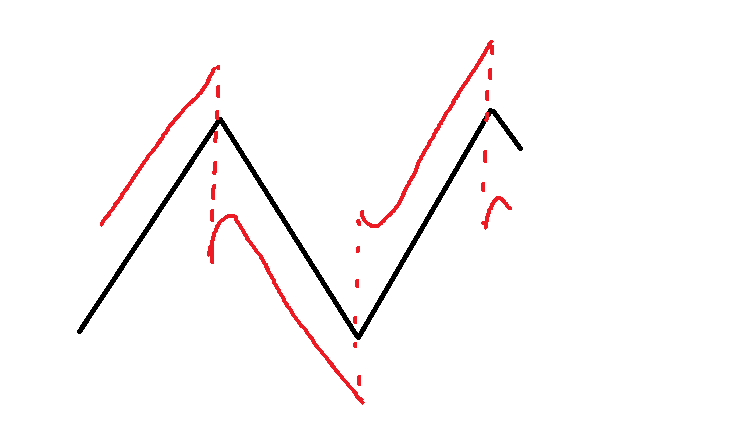I need to drive a some kind of pzt transducer with a triangular 6 Vpp voltage. The transducer is modeled as a 400 nF capacitor. I want to drive it with 10 kHz 3-9 V triangular voltage however my DAC device's output impedance is 50 Ω. So the circuit acts like a low-pass filter that has 8 kHz 3 dB frequency. As a result my triangular waveform gets distorted.
In the transducers datasheet it says I need to design a compensation network but I don't know how to do it. I figured I need to use a low output impedance, high slew-rate op-amp. I decided to use LT1818 but then I realized that it's output can’t go beyond 5 V.
My question is can I design a compensation network that retains the triangular network without using an op-amp? If not which op-amp should I use?




